Who were the Dambusters?
On the 75th anniversary of the aerial raid, The Week takes a look at the men behind the mission
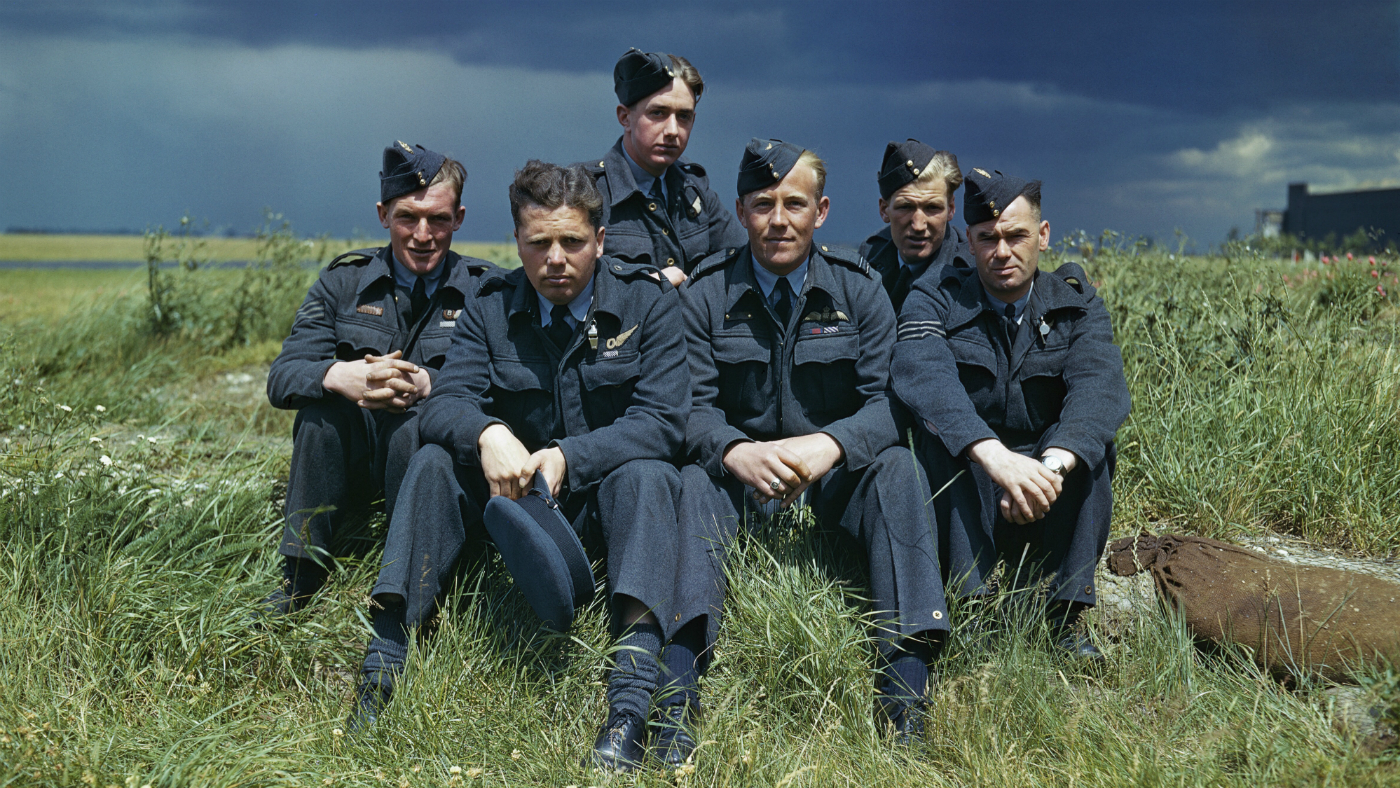
At 9.28pm on 16 May 1943, the first of 19 Brtitish Lancaster bombers took off from Royal Air Force Scampton in Lincolnshire, headed for the industrial heartland of Nazi Germany.
Nine hours later, the final survivor touched down. The fleet of bombers had inflicted a decisive blow to Nazi infrastructure by breaching two major dams in the Ruhr. Although officially designated Operation Chastise, the attack is more commonly known as the Dambusters Raid.
Today marks the 75th anniversary of the attack, the audacity and precision of which made headlines around the world.
The Week
Escape your echo chamber. Get the facts behind the news, plus analysis from multiple perspectives.

Sign up for The Week's Free Newsletters
From our morning news briefing to a weekly Good News Newsletter, get the best of The Week delivered directly to your inbox.
From our morning news briefing to a weekly Good News Newsletter, get the best of The Week delivered directly to your inbox.
Here, we take a look back at the landmark raid and the men who made it happen.
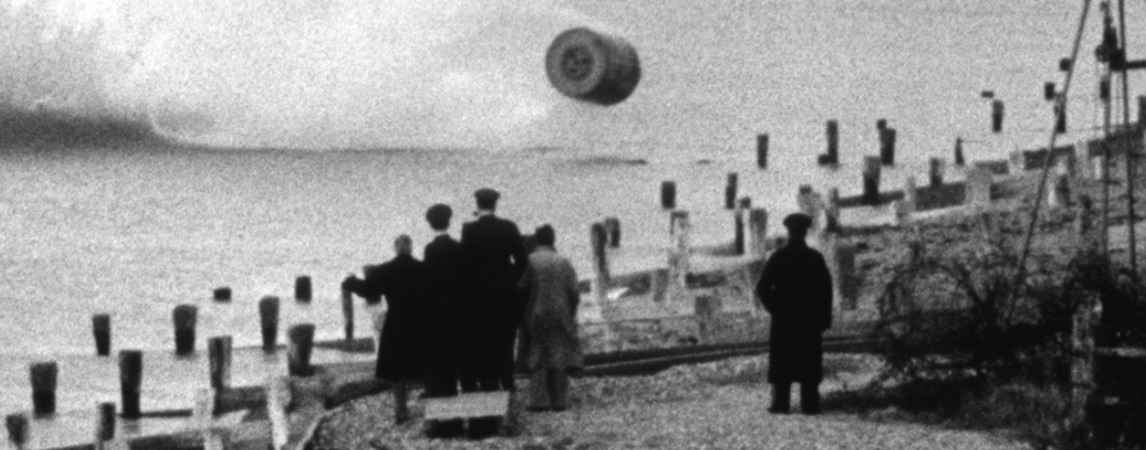
The innovation
Before the war, intelligence in London had identified three dams in Germany’s industrial northwest as potential targets.
They were the Mohne Dam, the Sorpe Dam and the Eder Dam, all of which took the names of the rivers they controlled.
A free daily email with the biggest news stories of the day – and the best features from TheWeek.com
However, intelligence deemed that Britain did not have sufficient weapons to destroy them, and so turned to aeronautical engineer Barnes Wallis to devise a weapon that could inflict heavy damage on the dams, and possibly breach them.
The result was the now-famed “bouncing bomb” - a 10,000lb cylindrical bomb designed to deploy at high speed and an exceptionally low angle.
This, combined with considerable backspin, would allow the bomb to skip across the surface of a reservoir towards the dam wall before sinking and detonating, destroying the structure.
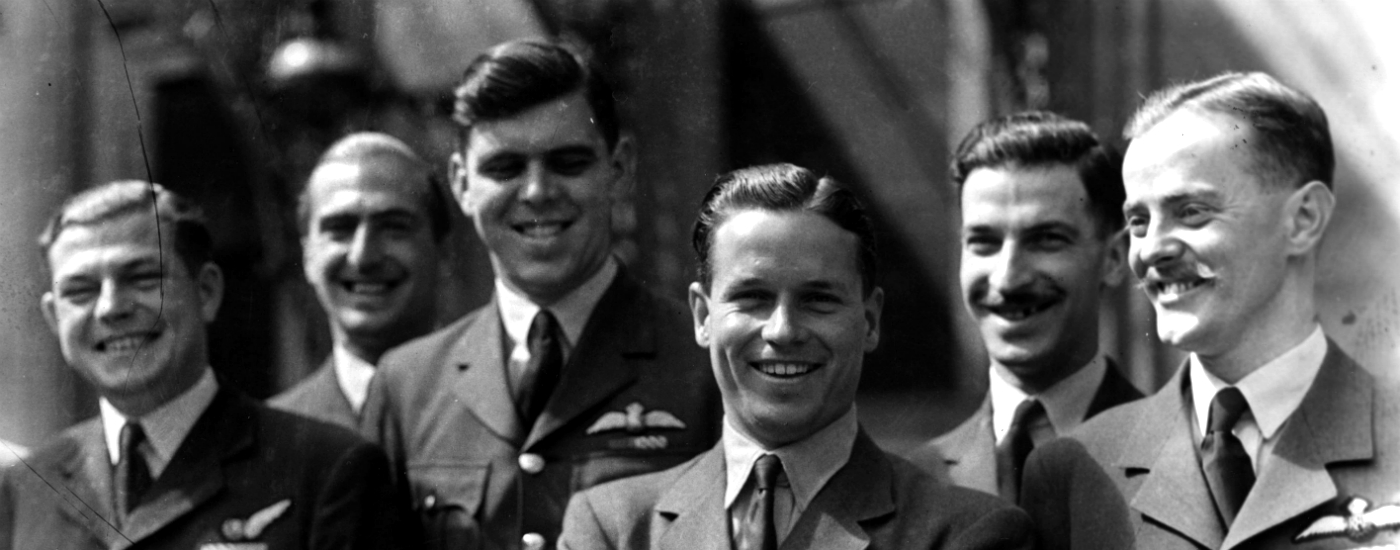
The men
The mission fell to 617 Squadron, led by 24-year-old Wing Commander Guy Gibson, and made up of 133 airmen from Britain, Canada, Australia, New Zealand and the USA, the Imperial War Museum documents.
Just one month before the raid, and with only Gibson having been briefed, the squadron began training in low-level night flying at sites across Britain. On the night of the attack, the remainder of the squadron was informed of the details of their mission.
Historian Charles Foster, author of The Complete Dambusters, released on 8 May, told The Week that the squadron was immediately “well aware of the risk of low-level flying, the risk of using untested bombs and the risk of using modified Lancaster bombers”.
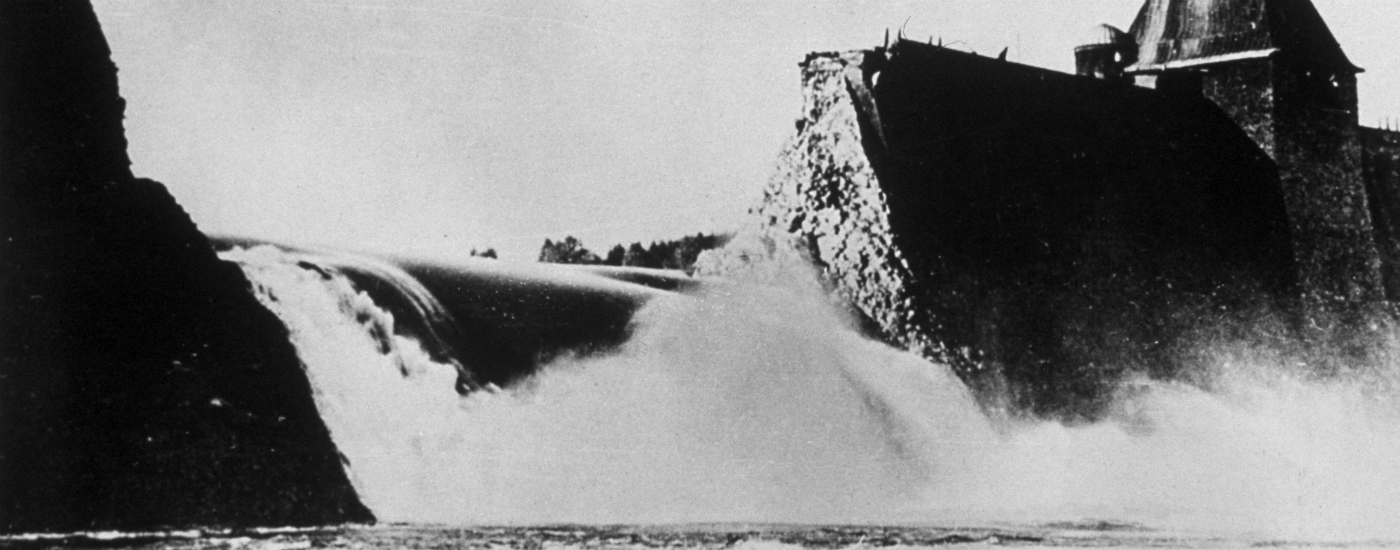
The attack
After a number of planes were lost en route, Gibson was the first to drop his bomb at the Mohne dam at 12.28am. Due to problems with accuracy and heavy ground fire, it took five further attempts before the dam was breached.
The remaining aircraft still carrying bombs then continued on to the Eder dam, destroying it at 1.52am. The other two waves of bombers targeted the Sorpe dam but failed to breach it.
Of the 19 planes and 133 men involved in the mission, eight aircraft were lost, 53 men were killed and a further three were taken prisoner.
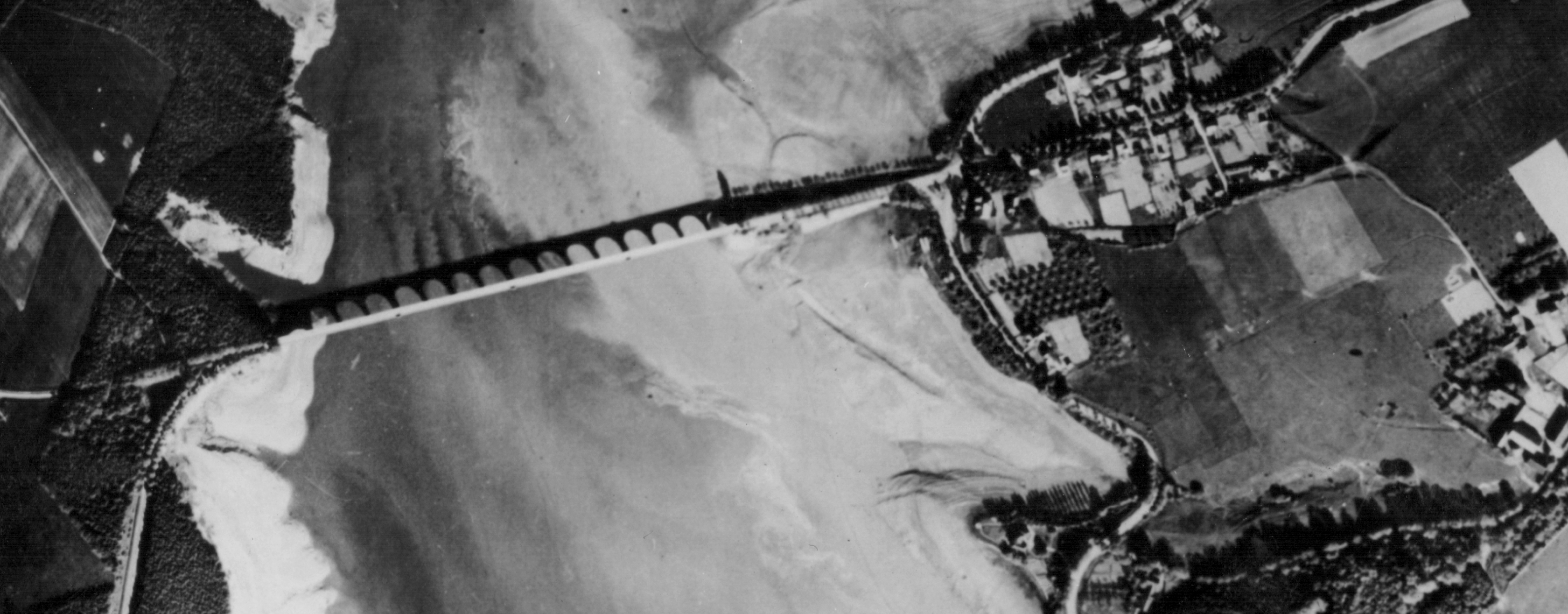
The aftermath
The attack badly damaged vital Nazi infrastructure, flooding the region and killing around 1,300 civilians in the process, the BBC says.
Such was the importance of the dams that the Nazis set about rebuilding them immediately, sapping a large amount of resources. Repair work concluded just four months later, leading some to question the effectiveness of the raid in the long term.
Foster disagrees.
“Those months took labour away from other construction projects. They couldn’t use that time on the Atlantic Wall or other seaborne defences which they were intending to build,” he says.
“People choose to disagree on this, but I would say claims that the attack wasn’t effective simply aren’t accurate at all.”
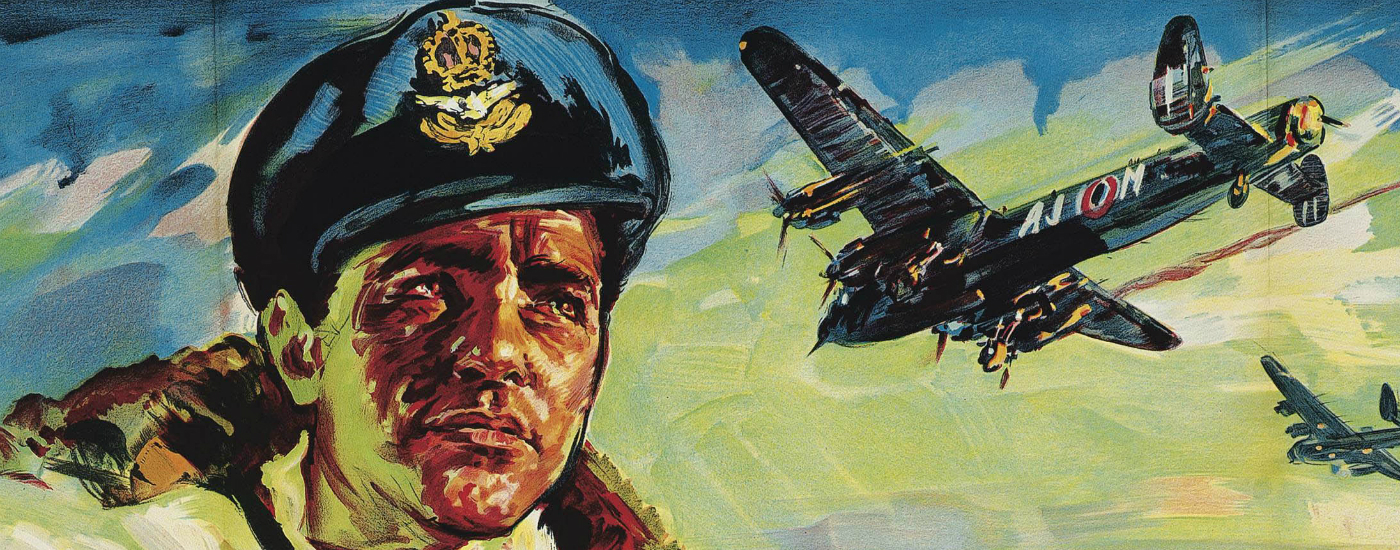
The legacy
The raid was portrayed in the 1955 film The Dam Busters, a classic of British cinema. Although the film’s accuracy has long been a point of contention, it made household names of the airmen involved and helped cement the legendary status of Operation Chastise.
But Foster, whose uncle Squadron Leader David Maltby piloted Avro Lancaster “J for Johnny” in the first wave of attacks, is keen that people avoid becoming swept up in the romanticism of the Dambusters.
“I’m very proud of the fact that I have a relative who was involved in such a pivotal mission,” he says. “But that doesn’t change the fact he was one of 55,000 men killed in Bomber Command during the Second World War.
“To promote the 53 men killed in one operation as if they were somehow ‘more important’ or ‘more heroic’ than others is not something they would have wanted.”
-
 Home Office worker accused of spiking mistress’s drink with abortion drug
Home Office worker accused of spiking mistress’s drink with abortion drugSpeed Read Darren Burke had failed to convince his girlfriend to terminate pregnancy
-
 In hock to Moscow: exploring Germany’s woeful energy policy
In hock to Moscow: exploring Germany’s woeful energy policySpeed Read Don’t expect Berlin to wean itself off Russian gas any time soon
-
 Were Covid restrictions dropped too soon?
Were Covid restrictions dropped too soon?Speed Read ‘Living with Covid’ is already proving problematic – just look at the travel chaos this week
-
 Inclusive Britain: a new strategy for tackling racism in the UK
Inclusive Britain: a new strategy for tackling racism in the UKSpeed Read Government has revealed action plan setting out 74 steps that ministers will take
-
 Sandy Hook families vs. Remington: a small victory over the gunmakers
Sandy Hook families vs. Remington: a small victory over the gunmakersSpeed Read Last week the families settled a lawsuit for $73m against the manufacturer
-
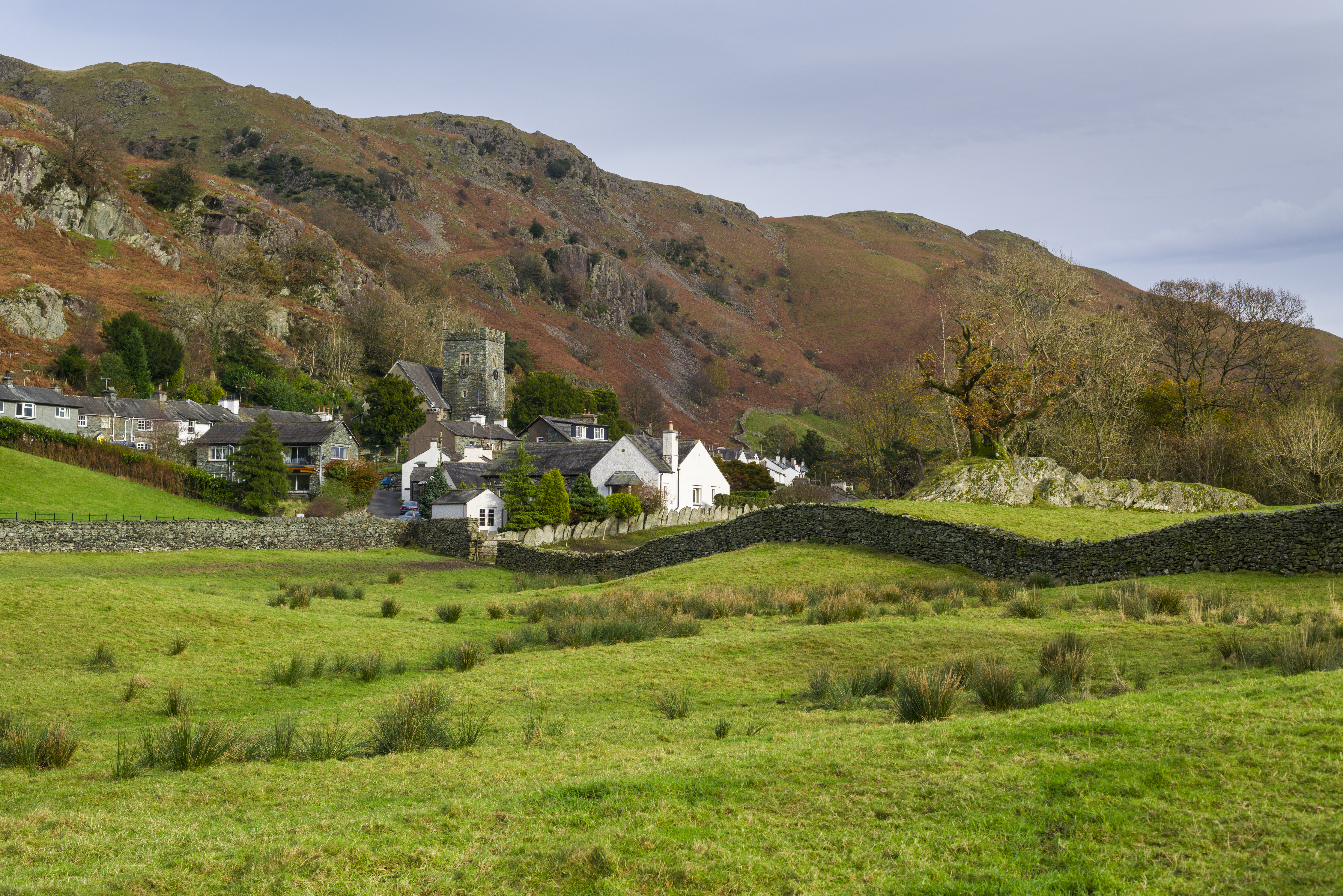 Farmers vs. walkers: the battle over ‘Britain’s green and pleasant land’
Farmers vs. walkers: the battle over ‘Britain’s green and pleasant land’Speed Read Updated Countryside Code tells farmers: ‘be nice, say hello, share the space’
-
 Motherhood: why are we putting it off?
Motherhood: why are we putting it off?Speed Read Stats show around 50% of women in England and Wales now don’t have children by 30
-
 Anti-Semitism in America: a case of double standards?
Anti-Semitism in America: a case of double standards?Speed Read Officials were strikingly reluctant to link Texas synagogue attack to anti-Semitism


